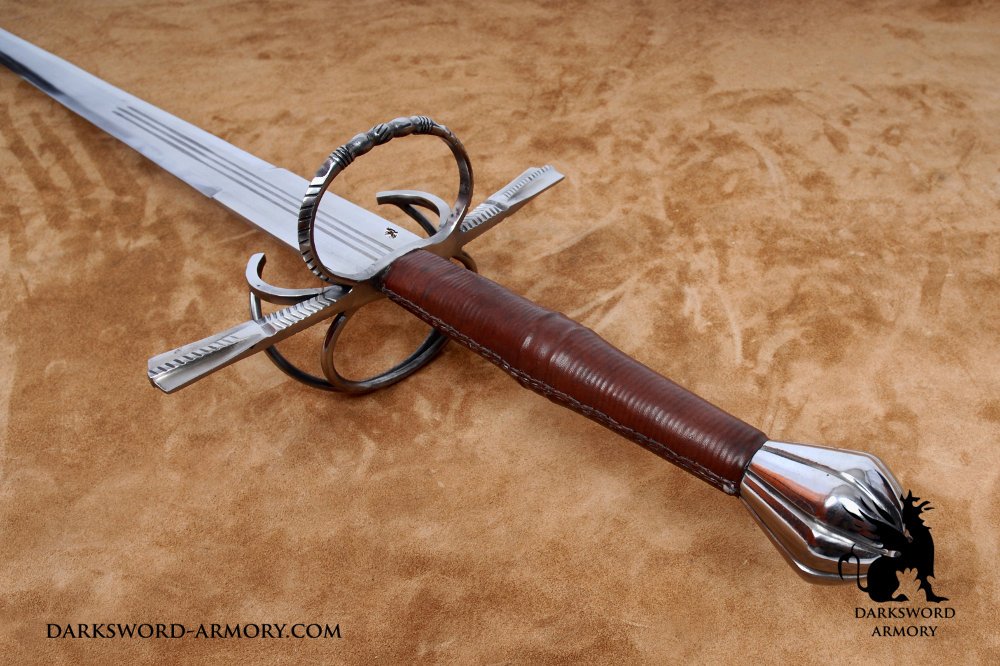
Two Handed Sword from 16th Century
The French épée bâtarde and the English bastard sword originate in the 15th or 16th century, [citation needed] originally having the general sense of "irregular sword or sword of uncertain origin". It was "[a sword] which was neither French, nor Spanish, nor properly Landsknecht [German], but longer than any of these sturdy swords."

Two Handed Sword from 16th Century
The 16th century also introduced an essentially straight-bladed saber, the single-edged backsword. The Swiss particularly favored this weapon, which they used as a long sword but often with a curved fore edge and sharply pointed upper portion called the Sweitzersabel .

The Monarch Sword, ca. 15th16th Century France Medieval Knight Swords Pinterest 16th
A rapier ( / ˈreɪpiər /) or espada ropera ( 'dress sword') is a type of sword used in Renaissance Spain [1] to designate a sword with a straight, slender and sharply pointed two-edged long blade wielded in one hand. [2] It was widely popular in Western Europe throughout the 16th and 17th centuries as a symbol of nobility or gentleman status.

Two Handed Sword from 16th Century
A new hilt may have been fitted to an old blade or vice-versa in the 16th or 17th centuries; alternatively, the blade may have been changed by a collector in the course of the last hundred and fifty years-that is, in the period in which old swords have been collector items. Four Basic Types

16th century conserved "rapier" sword from Spanish galleon Atocha treasure Ancient
Swords of Medieval Europe. By the 9th century, the stocky blades of the Vikings were replaced by narrower blades and longer hilts. This shape became the most common sword style during the 11th to 14th centuries and was called an arming sword.. The rapier may have developed as early as the 14th century, but became popular in the 16th and 17th.
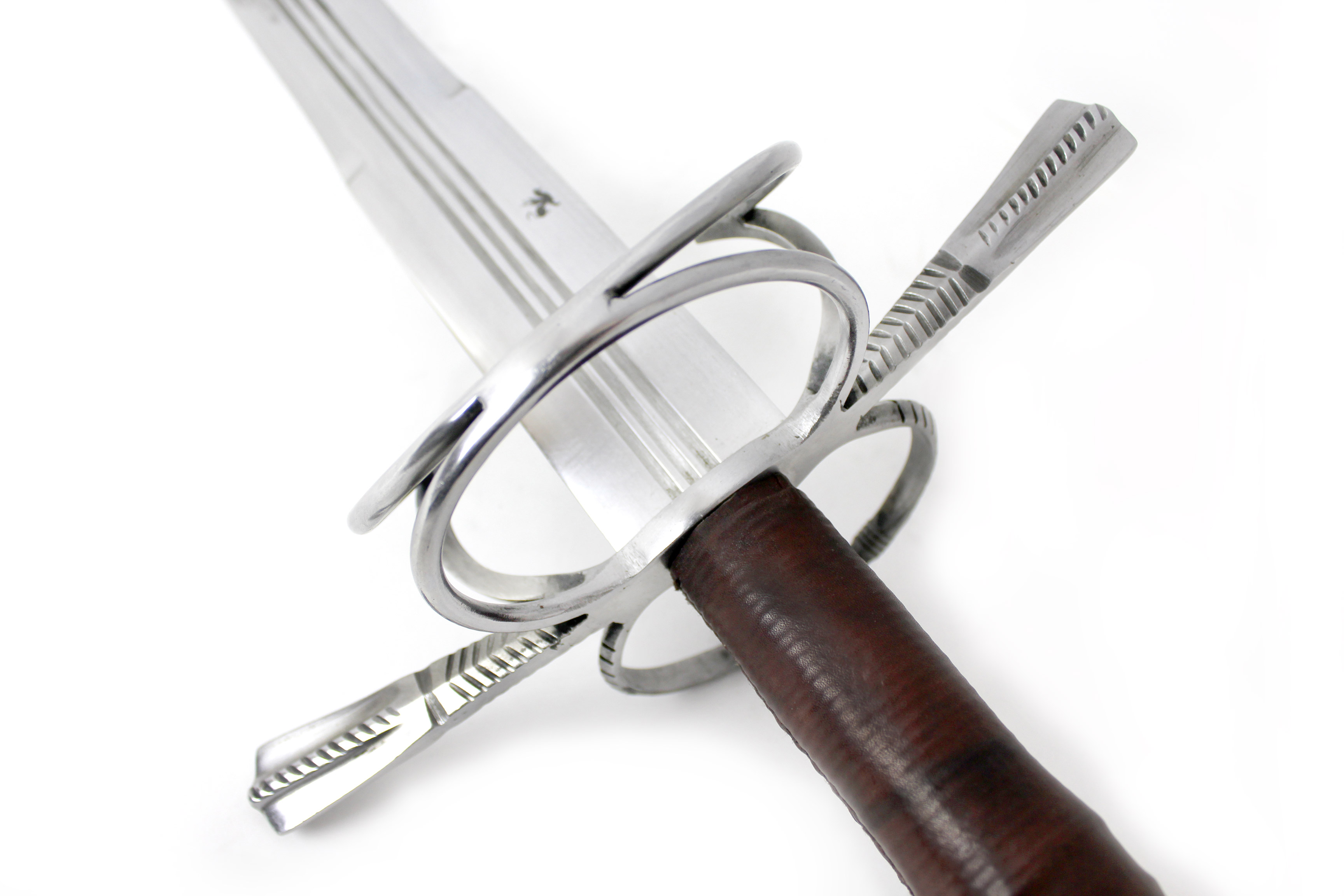
Two Handed Sword from 16th Century
The 16th-century sinistra was was designed to catch an opponent's sword blade and wrench it away. It was released with a slide button then expanded into a V-shape. In general, all the dueling daggers found their way onto the battlefield, providing their special traits and a possible extra edge to an accomplished swordsman.
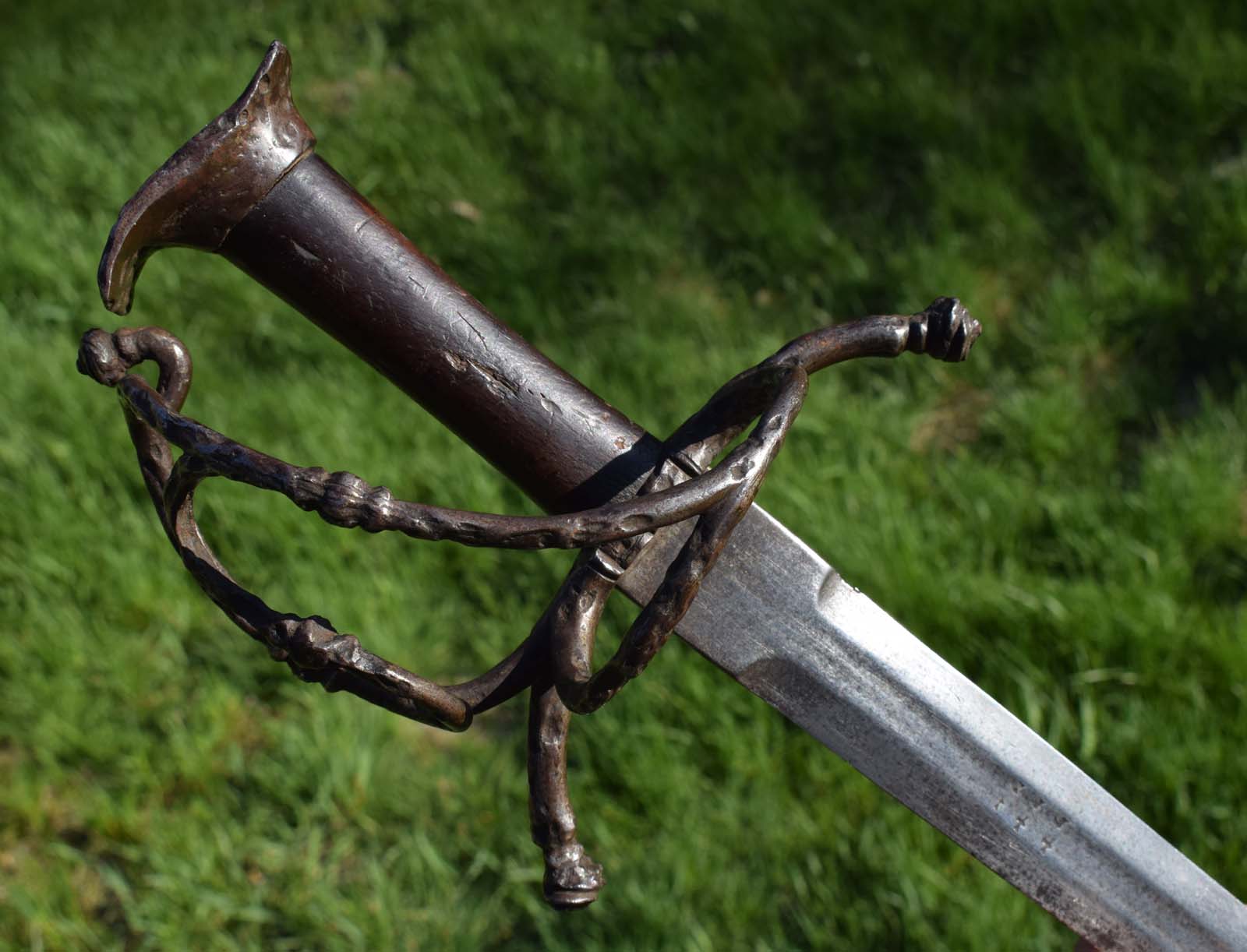
16th CENTURY GERMAN RIDING SWORD! For Sale Classifieds
The 16th Century Two-Handed Sword is based by the original, displayed at the Wallace collection, in London (Wallace collection, A.479). Its elegant complex hilt features side rings and finger rings for additional hand protection, and it has a triple-fullered Oakeshott type XX blade with a long ricasso. The blade is hand forged from 5160 High.
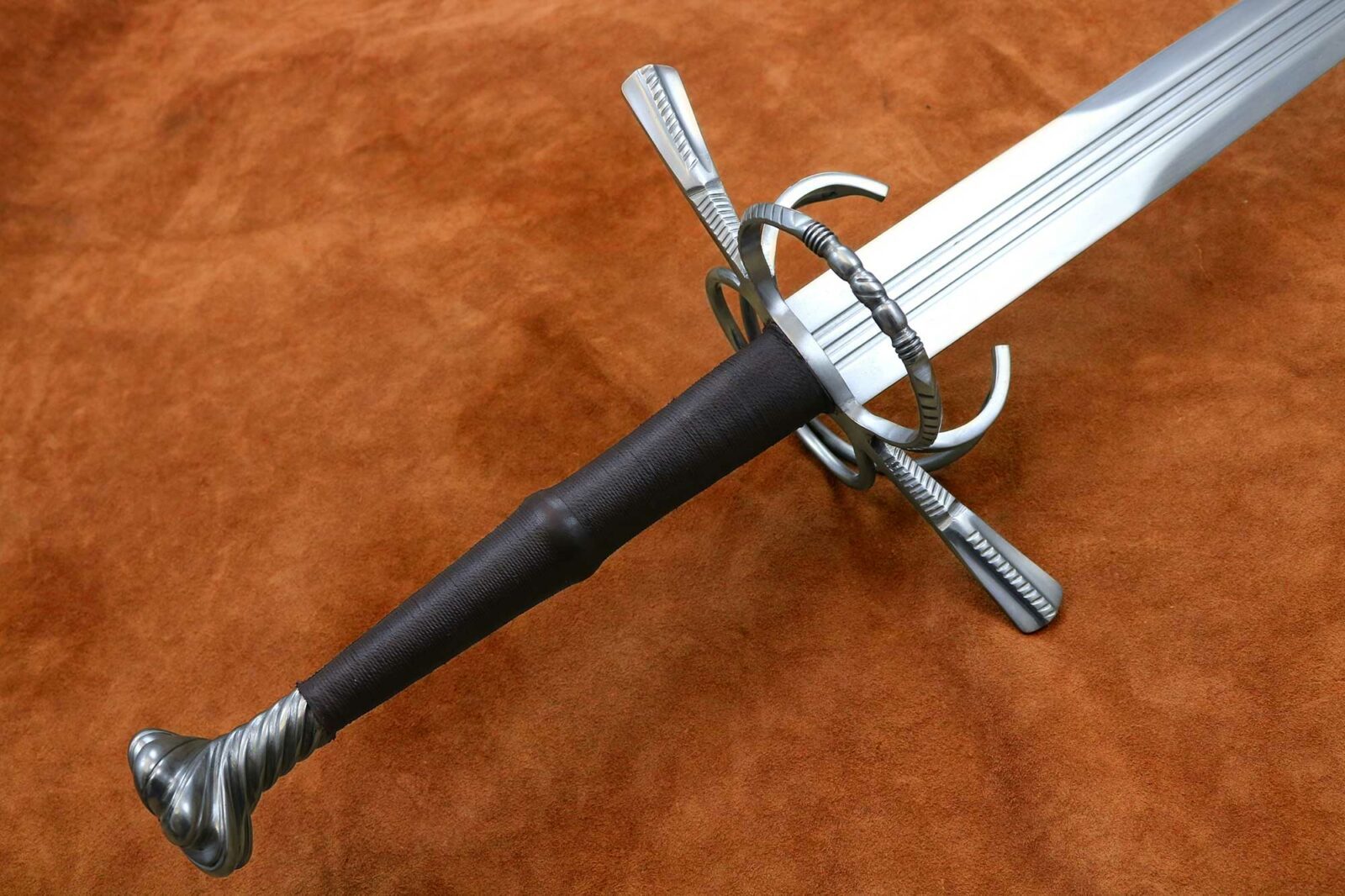
Two Handed Sword from 16th Century
Weapons that were used during the 1600 till early 1800 were mostly muskets, rifles, pistols, and swords. Muskets were used by infantry men, rifles by hu.

Sword Long Sword Early 16th Century/sword Longsword Early Etsy
16th and 17th Century Antique Swords and Daggers for Sale 1 2 → Showing 1-16 of 30 results Bronze Age Dagger, ca. 1000 BC Read more English Helmet-head Plug Bayonet, Last Quarter 17th C $ 1,495.00 Add to cart English Officer's Rapier/Broadsword, ca. 1660 $ 2,995.00 Add to cart English Plug Bayonet by John Hathaway, ca. 1690 $ 1,995.00 Add to cart

16th Century Two Handed Flamberge Sword Excellent condition
Scottish fighters carried these large swords to battle throughout the 16th century as they defended their borders against the British. While we often associate this sword with the Wars of Scottish Independence and the conflicts of the 1500s, clans across Scotland continued to wield the opposing claymore until around 1700..
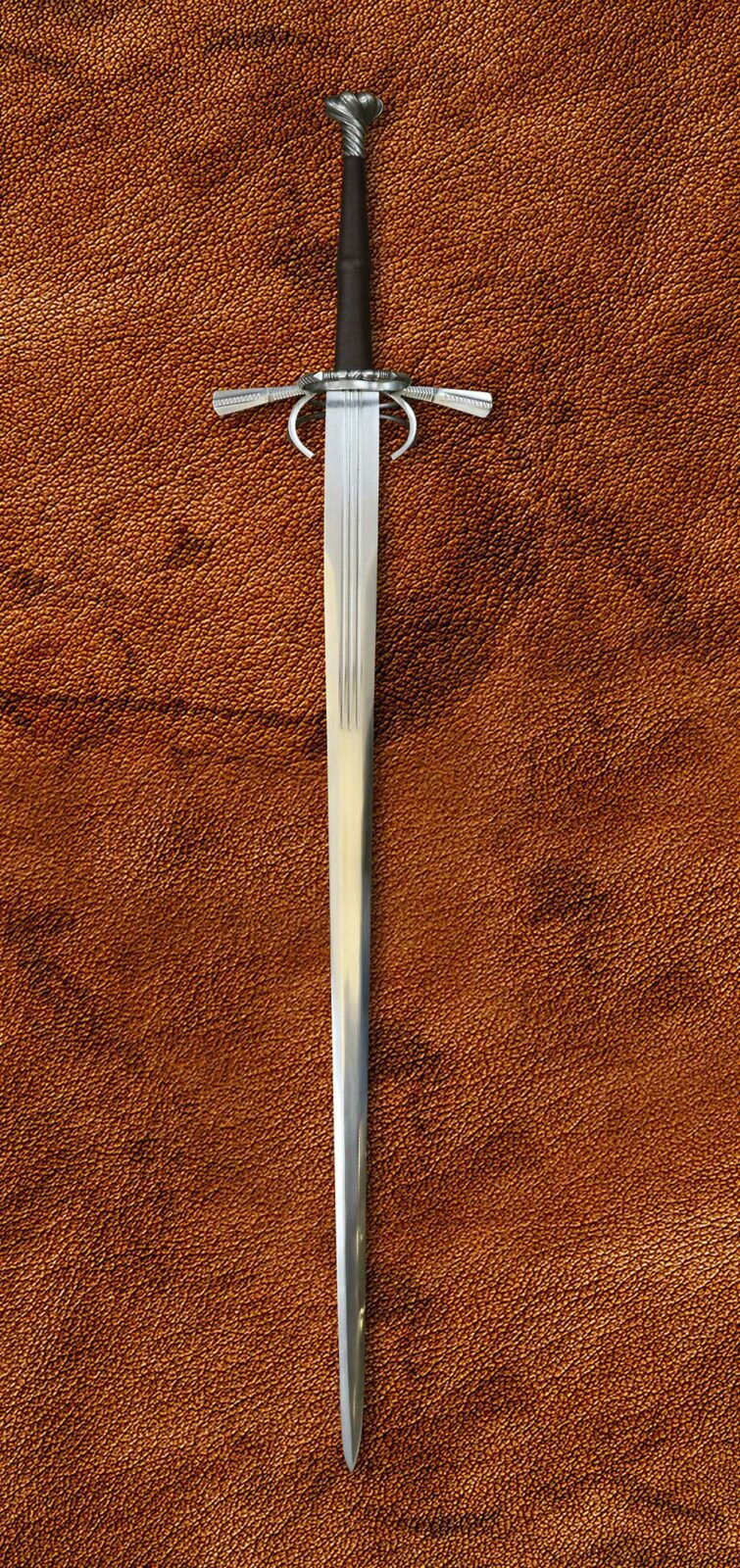
Two Handed Sword from 16th Century
From the 15th century onwards, the use became limited to the infantrymen and by the 16th century, the longsword had become obsolete. Falchion. A falchion is a type of medieval sword that was used in different parts of Europe from the 13th to 16th centuries. Falchions were single-edged swords that were designed to enable single-handed use. The.
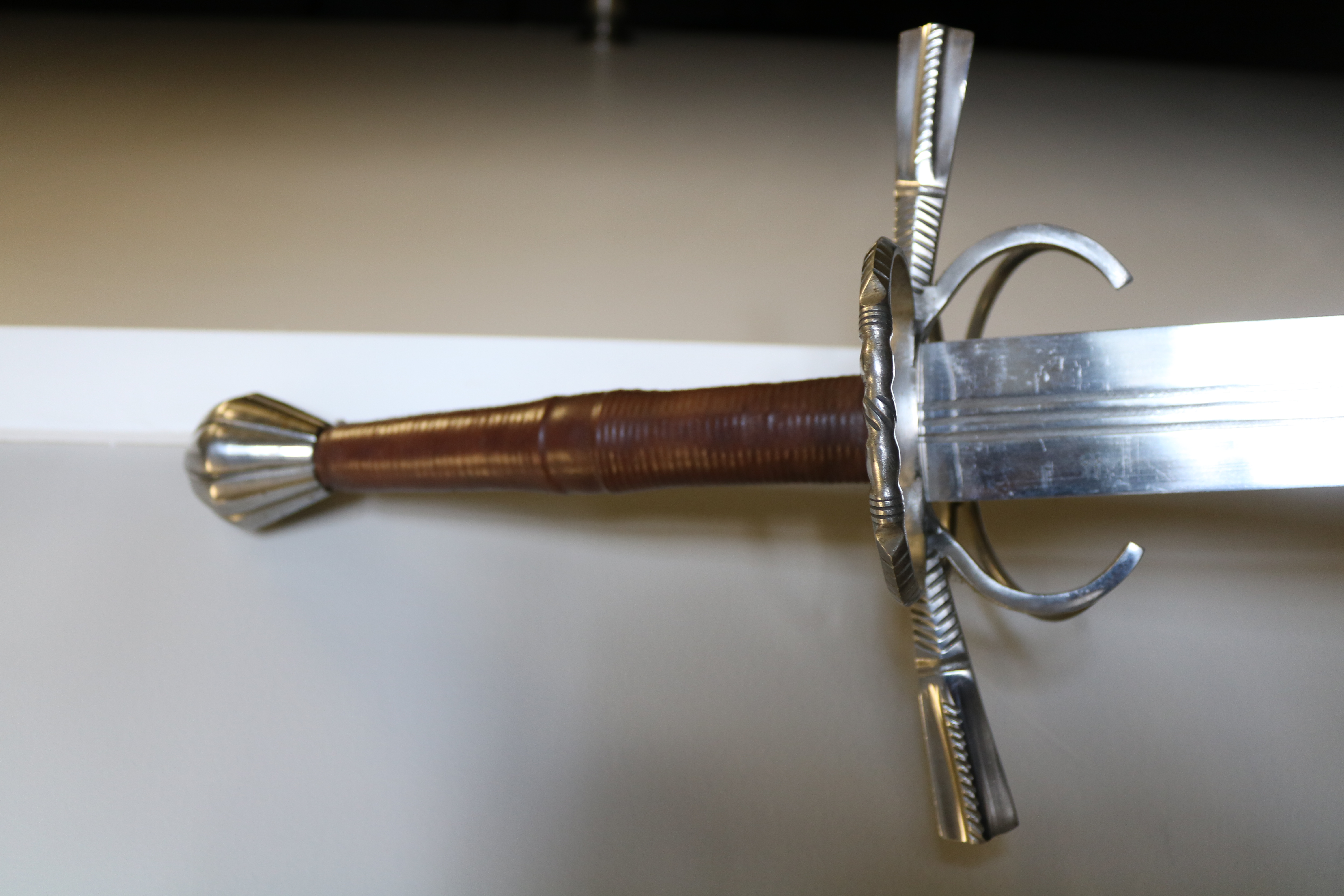
Two Handed Sword from 16th Century
Early 16th-century infantry utilized thrusting swords, while cavalry wielded larger, double-edged variants for combat against mounted and dismounted adversaries, swinging downwards at infantry. Over time, swords, particularly the eastern-influenced curved sabre spread via Hungary and the Ottoman Empire, became more prevalent among cavalry.
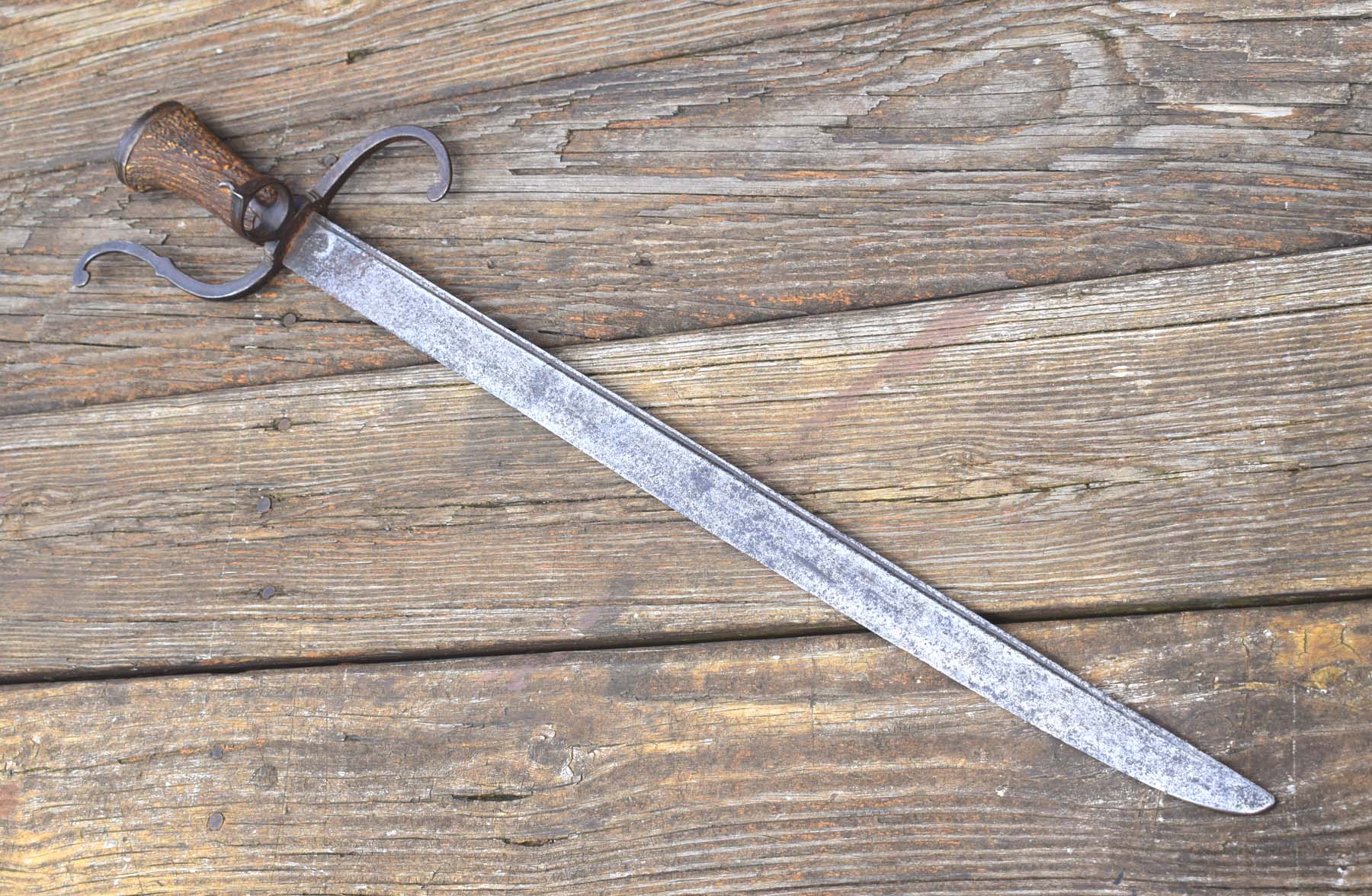
LATE 16th CENTURY, RENAISSANCE GERMAN HUNTING SWORD! For Sale Classifieds
Very large broadswords called Zweihänder or two- handed swords, became very popular during the 15th and 16th centuries, and are probably best known for their association with the famed Landsknechte, or mercenaries.

16th Century Two Handed Flamberge Sword Excellent condition
Bronze Age Main article: Bronze Age sword Apa-type swords, 17th-century BC The swords found together with the Nebra sky disk, c. 1600 BC The first weapons that can be described as "swords" date to around 3300 BC. They have been found in Arslantepe, Turkey, are made from arsenical bronze, and are about 60 cm (24 in) long. [4]
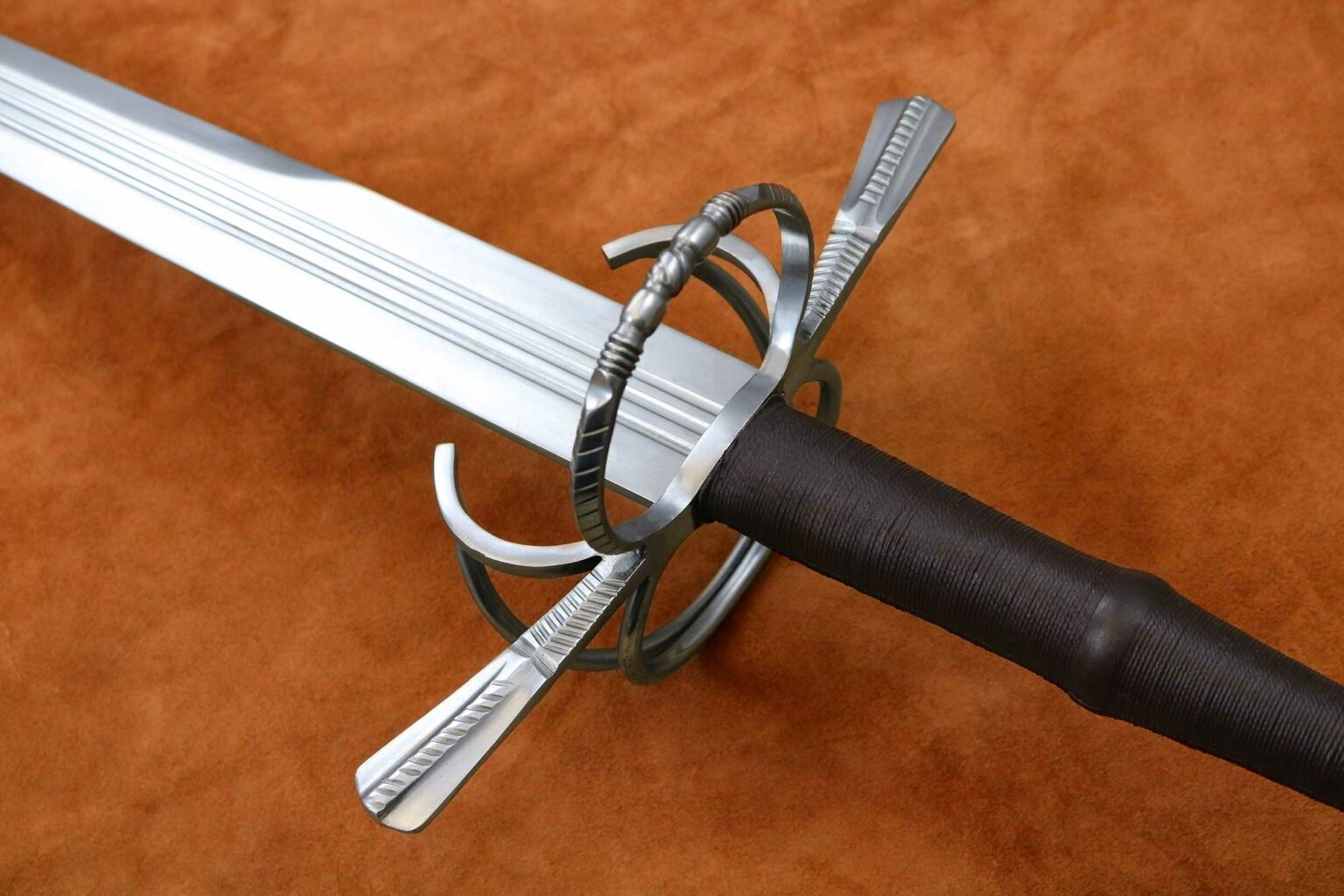
Two Handed Sword from 16th Century
The hilt was made either of wood, ivory or silver. The blade was also inlaid with ornaments and intricate designs or simply with maker's mark. The scabbards were made of wood often decorated with silver or gold. The dha sword's blade varied in size and the shape of the tip.

Pin on 16th Century English Military Swords
A falchion ( / ˈfɔːltʃən /; Old French: fauchon; Latin: falx, "sickle") is a one-handed, single-edged sword of European origin. Falchions are found in different forms from around the 13th century up to and including the 16th century.